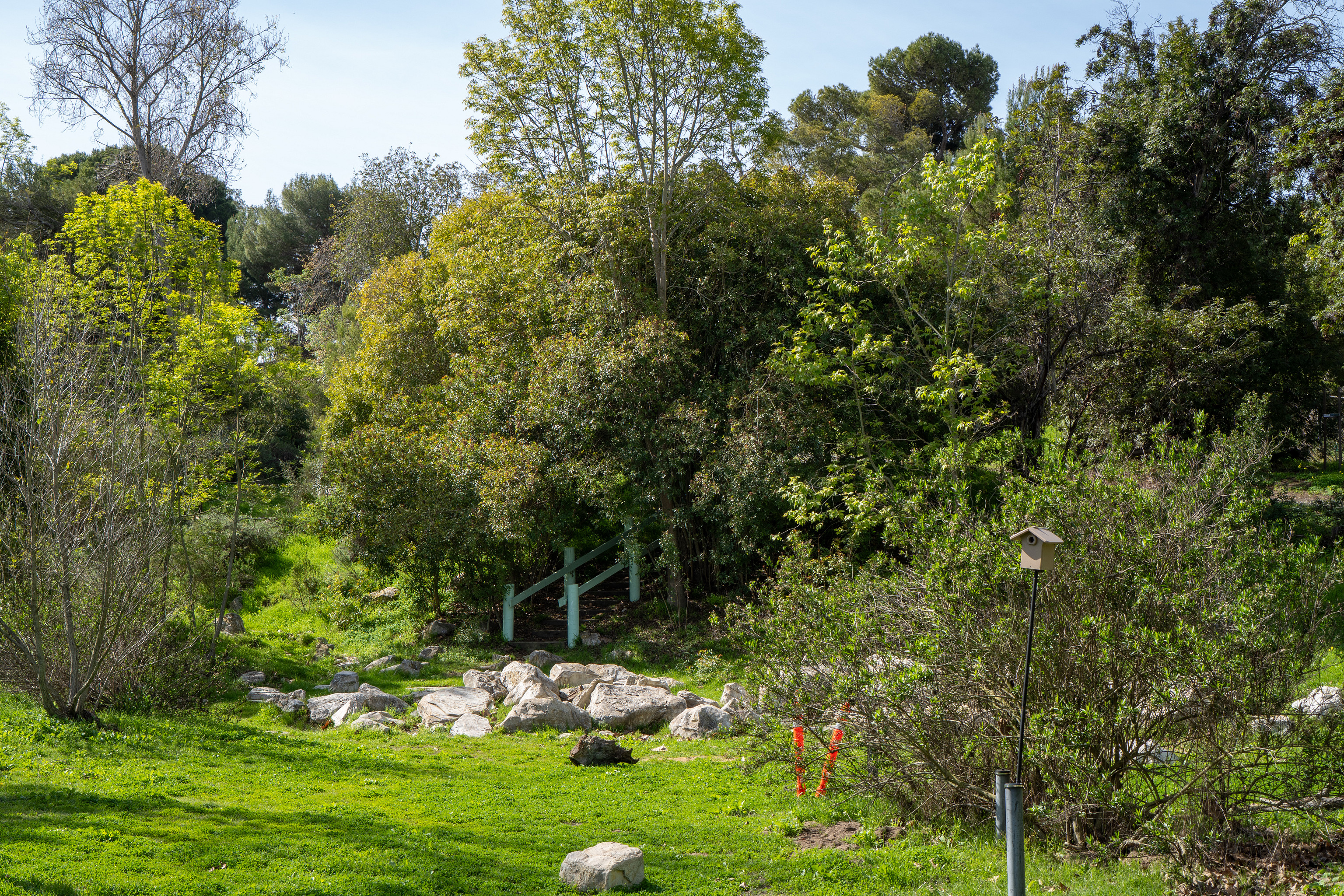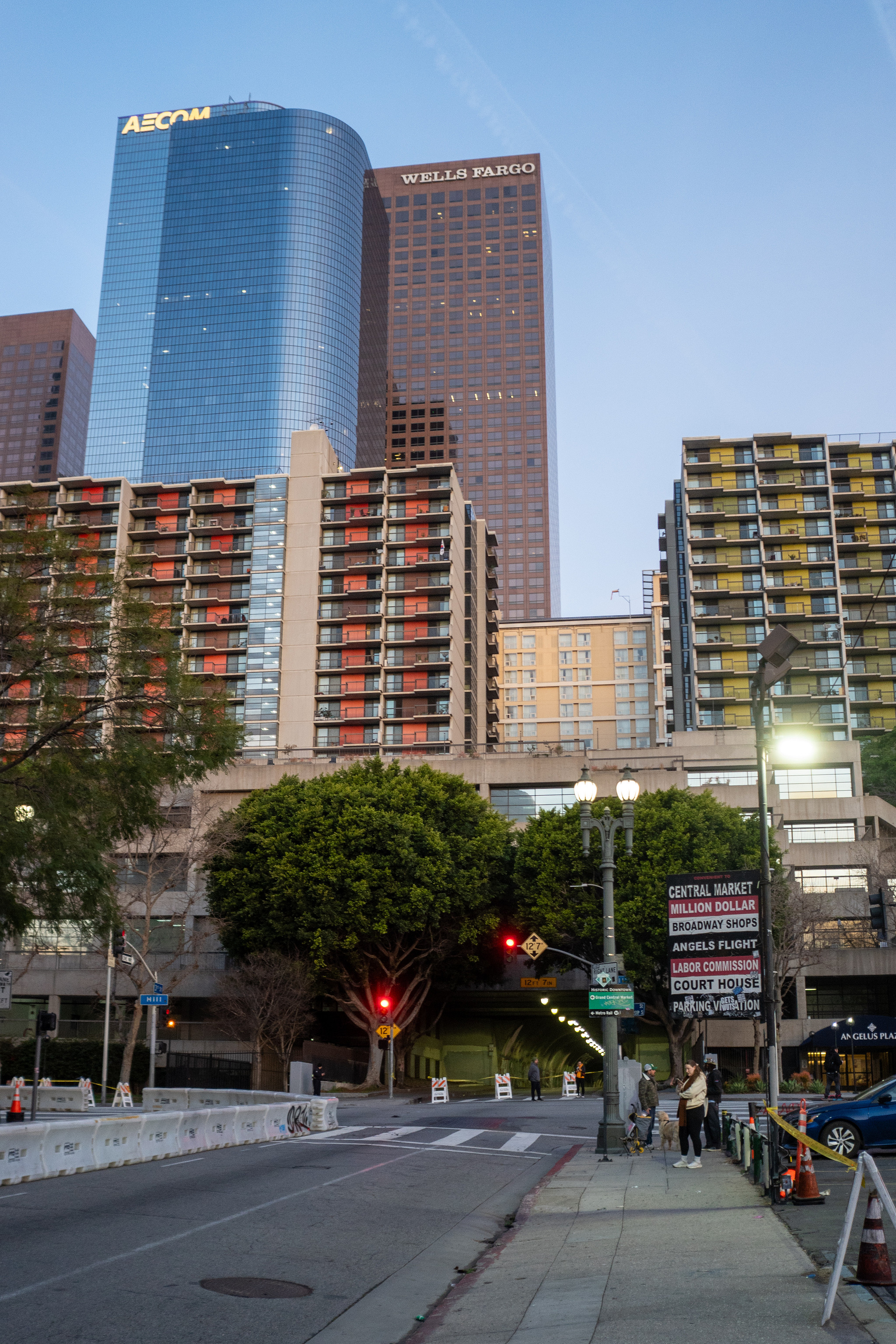
A lime kiln for which Limekiln State Park is named, Big Sur, California

A lime kiln for which Limekiln State Park is named, Big Sur, California

Limekiln Creek in Big Sur, California

Redwood forest in Limekiln State Park, Big Sur, California
There is still no excuse for using personal devices and consumer apps for war plans, but Signal has a contact verification feature for exactly this scenario.
This feature is in iMessage too, called Contact Key Verification. If you haven’t turned it on yet, turn it on now.
A few months ago we got a Volvo EX90, completing our migration from gasoline-powered cars to battery-powered cars. The Volvo joins an Electric Mini Cooper that we have had for two years.
The Mini has a range of 120 miles and a capacity of four humans, so we basically never take it on long drives. I have only fast charged it a couple of times, on a 225-mile round trip from Los Angeles to Santa Barbara. We charge it mostly at home, hooking it up to our 240V charger whenever it falls below 40%, which is about once a week. It can charge from zero to full (29 kWh) in about 5 hours.
The Volvo has a range of about 300 miles, with a battery (107 kWh) more than triple the size of the Mini’s. We plan to take it on longer drives, which means I need to plan for mid-trip fast charging and/or overnight destination charging, in a landscape the currently includes J1772/CCS plugs, which both of our cars use, and NACS (formerly known as Tesla) plugs.
A quick introduction for the uninitiated: J1772 is an AC plug, and CCS uses the J1772 together with two bigger pins for DC charging. Meanwhile NACS uses the same pins for both DC and AC. This means that a NACS-CCS (DC) adapter is different from a NACS-J1772 (AC) adapter. They look somewhat different, because the DC version is much bigger with the extra pins, but they fit together even if you use the wrong one. (If you are interested in the technical details of electric car charging, I recommend this video “Tesla won the plug war”. It is a bit long, but the first 20 minutes are pretty great for a high-level overview of where we are today.)
Most car brands have an agreement with Tesla now to charge at Tesla superchargers, which generally requires a NACS-CCS (DC) adapter. I have been able to charge at a Tesla station, using the Tesla app to start and stop the charge. It is a little finicky because there are no screens or anything on the Tesla chargers, so you have to just wait for the app to tell you what is happening. Also, you can’t use every Tesla supercharger, as some locations are limited to Tesla cars only.
Electrify America is the next biggest charger network in my area, and for now has mostly CCS chargers. I haven’t had issues with Electrify America in my limited experience, but it does make me nervous that they tend to have four charging spots at the most, and often fewer. Tesla, on the other hand, tends to have a dozen or more. This means even if the chargers are all in use, you have enough people coming and going that you are going to more easily form a queue and have a good idea of how long you are going to have to wait.
For overnight charging, if there is a fast charger within 10-15 miles of my destination, I would prefer to just use fast charging in most cases. But if you are going to be more remote, or if there is available 240V infrastructure, it is convenient to be able to charge at the place where you are staying. Unfortunately, here is where you get into adapter-land because there are a wide range of compatibility issues to worry about, especially if you are going to a place you haven’t been before.
So here is what my overnight (AC) portable charging kit looks like:
When it comes to my AC chargers, both can switch between 120V and 240V. The 120V settings use a standard 15-amp receptacle and draw about 1.4 kW, which is almost not worth using. An hour charge will extend your range by 3-4 miles. A full charge of the Volvo would take 3 days uninterrupted.
The 240V settings are different between the two portable chargers, since one has a 16-amp max and the other a 30-amp max. I assume that the 16-amp max is so that it can be lighter weight with a longer cord, which is useful in a portable charger. Since the voltage is doubled and amperage is a little higher, you get a charge rate of 3.8 kW, which is 10 or more miles every hour, and probably good enough for most situations. A half day of charging at 16 amps would fill the Volvo’s battery to 40%, while the 30-amp charger would fill it to 80%.
At first, the 30-amp charger seems like a no-brainer, but if you are traveling to a new location, you never know what kind of outlet might be available. The 30-amp charger needs a 50-amp circuit, while the 16-amp charger can charge on a 20-amp circuit. So I carry the 16-amp charger together with adapters to fit NEMA 14-30 and NEMA 14-50 receptacles. (Technically you could go the other way and buy an adapter that allows you to plug your 30-amp charger into a 20-amp circuit and then hope to avoid tripping the breaker by telling the car to charge more slowly, but I would never do this.)
The better way to handle adjustable amperage is with something like Tesla’s Adapter Bundle. A similar part is available at a ridiculous price for my 30-amp charger. In both of these cases, the attached plug identifies itself to the charger (using a resistor, for example), and the charger limits the amperage accordingly.
For DC charging, NACS is already the most common thanks to Tesla’s superchargers, and CCS will quickly become rare as non-Tesla stations are upgraded.
For public AC charging, there are already a lot of J1772 chargers, and these have far less need of upgrading than DC chargers, so I expect to see these stay around for a long time.
Portable AC charging and NEMA adapters are already a niche use case and will become even less necessary as more charging infrastructure is built out.
For my cars, it is realistic to depend on two NACS adapters, one for DC and one for AC, with the latter slowly becoming more useful as time goes on.
For a future car with a NACS port, I would probably not worry about a DC adapter at all, but it is still worth it to carry an AC adapter so I can use J1772 chargers.
The WiFi at my house is called Grigg Network and has both 2.5 GHz and 5 GHz. After a couple of recent instances where my iPhone was for some reason connected via 2.5 GHz, I decided to make a 5 GHz-only network, which I called Grigg Network+.
The next day all of my kids were asking if they could be on this new, better network, even though they have no idea what it is. I guess score one for marketing.
There is kind of a lot that goes into making AirPrint printers work, which is bad news if, like me, your printer isn’t working properly.
I recently replaced my old HP printer with a new Brother printer. I plugged the new printer into Ethernet, then logged into my router to reassign the IP address to a static one, and restarted the printer so that it would take the new address.
While I could access the printer’s web-based settings screen and print from MacOS, I could not print from iOS. When I tried, I got the “No AirPrint Printers Found” message.
AirPrint relies on mDNS, which stands for multicast DNS, and is also known as Bonjour or Zeroconf. This is the technology that gives you “.local” addresses. My understanding is that any computer can send a multicast message asking for a printer or other mDNS device by name. Multicast is like shouting into the house, the router is supposed to make sure that everyone can hear the message, and everyone that cares is listening. The target device should hear it, no matter its IP address, and then respond with another multicast message that contains its IP address. Everybody on the network can then take note of the address. The mDNS device can also advertise itself, essentially telling everyone its name and IP address without being asked, so that everyone knows it is there.
My first step was to dig through my router settings (I have a Unifi Cloud Gateway). There are plenty of things there that the router can try to do to make mDNS better, and some of them have the potential to break things. None of my changes seemed to fix anything, so I left it how it was to begin with.
My next step was to try to put the printer on WiFi instead of Ethernet, even though this shouldn’t matter because they share the same network. Annoyingly, it fixed the problem at first. But then when I changed the WiFi address to also be static, it stopped again. At this point, it felt like I had narrowed things down to static vs dynamic IP addresses, which is not very satisfying because I really would prefer a static IP address.
It also doesn’t make sense. For a dynamic IP address, the printer asks the router for an address and the router gives it one. For a static IP address configured in the router, the exact same thing happens except that the router remembers to always give the printer the same address. So why would this make a difference?
At this point, I admit that I started trying to reason it out with ChatGPT, which did a very good job of playing logician. It gave me a bunch of reasons this might not be working, none of which applied. I said, “It can’t be the printer’s fault because the printer shouldn’t see the difference between a static or a dynamic address.” But also, “It can’t be a problem with the router settings because mDNS is clearly working some of the time.” To which ChatGPT said, “You are right, it can’t be the printer’s fault or the router’s settings, so maybe just try restarting the router.” Which worked.
My theory is that the router is keeping some kind of database of which mDNS name corresponds to which IP address, and it wasn’t getting corrected when I changed the IP address of the printer to be static.
Ignoring the absolute incompetence and disrespect for the law, the Signal messages in this Atlantic story make clear the moral corruption of those running the government right now.
Especially if you have been on big-corp email threads, you can smell the both-sides kiss-assery of JD Vance from a mile away. And there is a special place in hell for anyone who responds to a successful lethal attack with emoji, much less the horrific combination of “two hands praying, a flexed bicep, and two American flags.”
Lee Hutchinson’s article this week about his move to self host his audiobook collection made it straight to the top of my digital to-do list.
I enjoy audiobooks more than most of my family, but I still manage the library for the seven of us, and I had until now failed to work out a good sharing solution.
I had previously gone through this with Kindle ebooks, where Amazon has a convoluted way of sharing books with your family, but I eventually gave up and got everyone a Kobo. I copy the entire family library onto everyone’s device and update them from time to time as we get new books.
Audiobooks take up a bit more space—my library is more than 100 GB—so that has made them a harder problem to solve. And Audible only lets you share your purchases with one adult member of your family.
Until now, my less-than-ideal solution has been to store the books in a shared iCloud folder and listen to them with the BookPlayer app. But this is a very manual process since you have to add books to the app, which brings up an iCloud picker, and then you have to wait in the picker for the file to download to your device before you can add it to the app. There seems to be a new $5/month BookPlayer Pro subscription that manages syncing for you, but I think it is cross-device sync, not cloud storage. Also, it is labeled Beta for now.
Audiobookshelf, plus a client app like plappa (which has an adorable icon, CarPlay, and much more customizability than Audible) are exactly what I needed. I had no issues installing and running the server software on my home server. I dumped my set of audiobooks into a folder. I didn’t bother with any fancy organization, and it found everything anyway. I used the web app to group the books into series. I downloaded photos of the authors for the by-author view.
I feel like the bar is still pretty high to get stuff like this working, but it makes me nostalgic for the days when running computer software gave you the freedom to customize, mix and match applications, and make things just how you like them. I am tired of the full-service, lock-you-in, our-way-or-the-highway model of computer software.

Wilderness Park

Wildflower

LA Marathon

DTLA in the morning, waiting for the marathon to arrive
It is bad enough that we are leaving our children an overly warm planet, now they get a wrecked country to go with it.
The battery on my Magic Trackpad began to swell.
I bought new one. USB-C! Black!
Now I want a black keyboard, but I don’t want a number pad. Give me choices, Apple!